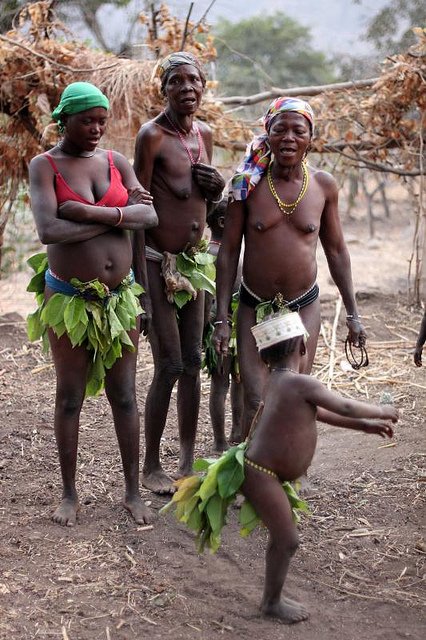The Story behind the "Ghana Must go bag"
Admin
November 29, 2020
A type of cheap matted woven nylon zipped tote bags, used by the migrants to move their belongings, got the moniker "Ghana Must Go" during the migration.
Ghana Must Go was a popular name given to the migration of illegal migrants (mostly Ghanaians) from Nigeria following a presidential executive order in 1983.
In January 1983, the President of Nigeria, Shehu Shagari issued an executive order mandating immigrants without proper immigration documents to leave the country or they would be arrested according to the law. The order was in alleged response to the religious disturbances that had engulfed parts of the country in 1980 (the Kano Riots) and 1981. Most of the immigrants were West Africans and mainly Ghanaians. Over 2 million men, women and children were affected, including over 1 million Ghanaians and other West Africans. Most had been attracted to Ghana because of the 1970s oil boom, but by 1983 the economy had weakened and it was an election year. Expulsions of immigrants have occurred several times in West Africa, for various reasons, including deportations from Ghana of Nigerians in 1954, from Côte d'Ivoire of Togolese, Dahomeyans and Nigerians in 1958, and of aliens (mostly Nigerians) from Ghana in 1969.
The primary route to Ghana was westwards, passing through Benin and Togo. Because of an attempted coup the previous year, the President of Ghana, Jerry Rawlings, had closed the main land crossing with Togo, and to avoid a sudden influx of returnees, Togo then also shut its borders with Benin. Therefore, once the migrants reached Benin, the way out was restricted and they were forced to remain in the port of Cotonou, the country's seat of government, attempting to find a boat to Ghana. After they had been stranded for more than a week, Ghana reopened its borders, causing Togo to do likewise so that the Ghanaians could return home.
The relationship between Nigeria and Ghana has since improved.
Trending now

Oruko Amutorunwa (Pre-Destined Names) In Yorubaland
June 30, 2022

UNBELIEVABLE! The Tribe In Nigeria That Still Walk Naked and Why
August 03, 2022

List of Top 20 Traditional Rulers Dethroned in Nigerian History
January 23, 2023
lastest on History, Culture & Religion
5/History/post-list
subscribe on Youtube
Lastest on Black History
5/Black History/post-list
Lastest on Places, towns and Cities
5/Places/post-list
Lastest on god's and heroes
5/gods/post-list
Lastest on Historical Facts & Records
5/Facts/post-list
Follow Us on Twitter
Footer Menu Widget
Copyright © 2022 Yorubaness | All Rights Reserved.Theme






0 Comments